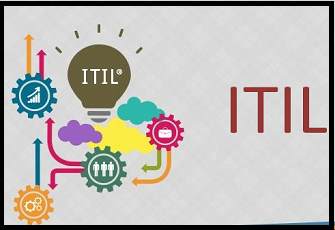Access Management
The process was responsible for allowing users to make use of IT services, data or other assets. Access management helps to protect the confidentiality, integrity, and availability of assets by ensuring that only authorized users can access or modify them. Access management implements the policies of information security management and is sometimes referred to as rights management or identity management.

Accredited
Officially authorized to carry out a role. For example, an accredited body may be authorized to provide training or to conduct audits.
Analytical Modeling
A technique that uses mathematical models to predict the behavior of IT services or other configuration items. Analytical models are commonly used in capacity management and availability management
Availability Management Information System(AMIS)
Availability Plan A plan to ensure that existing and future availability requirements for IT services can be provided cost-effectively.
Balanced Scorecard
A balanced scorecard enables a strategy to be broken down into key performance indicators. Performance against the KPIs is used to demonstrate how well the strategy is being achieved. A balanced scorecard has four major areas, each of which has a small number of KPIs.The same four areas are considered at different levels of detail throughout the organization.
Benchmarking
The process was responsible for comparing a benchmark with related data sets such as a more recent snapshot, industry data or best practice. The term is also used to mean creating a series of benchmarks over time, and comparing the results to measure progress or improvement.This process is not described in detail within the core ITIL publications.
Brainstorming
A technique that helps a team to generate ideas. Ideas are not reviewed during the brainstorming session but at a later stage. Brainstorming is often used by problem management to identify possible causes.
Business Capacity Management
In the context of ITSM, business capacity management is the sub-process of capacity management responsible for understanding future business requirements for use in the capacity plan.
Capacity Management
The process responsible for ensuring that the capacity of IT services and the IT infrastructure can meet agreed capacity- and performance-related requirements in a cost-effective and timely manner.
Change Management
The process was responsible for controlling the lifecycle of all changes, enabling beneficial changes to be made with minimum disruption to IT services.
Chronological Analysis
A technique used to help identify possible causes of problems. All available data about the problem is collected and sorted by date and time to provide a detailed timeline. This can make it possible to identify which events may have been triggered by others.
Differential Charging
A technique used to support demand management by charging different amounts for the same function of an IT service under different circumstances.
Dashboard
A graphical representation of overall IT service performance and availability.Dashboard images may be updated in real-time, and can also be included in management reports and web pages. Dashboards can be used to support service level management, event management, and incident diagnosis.
